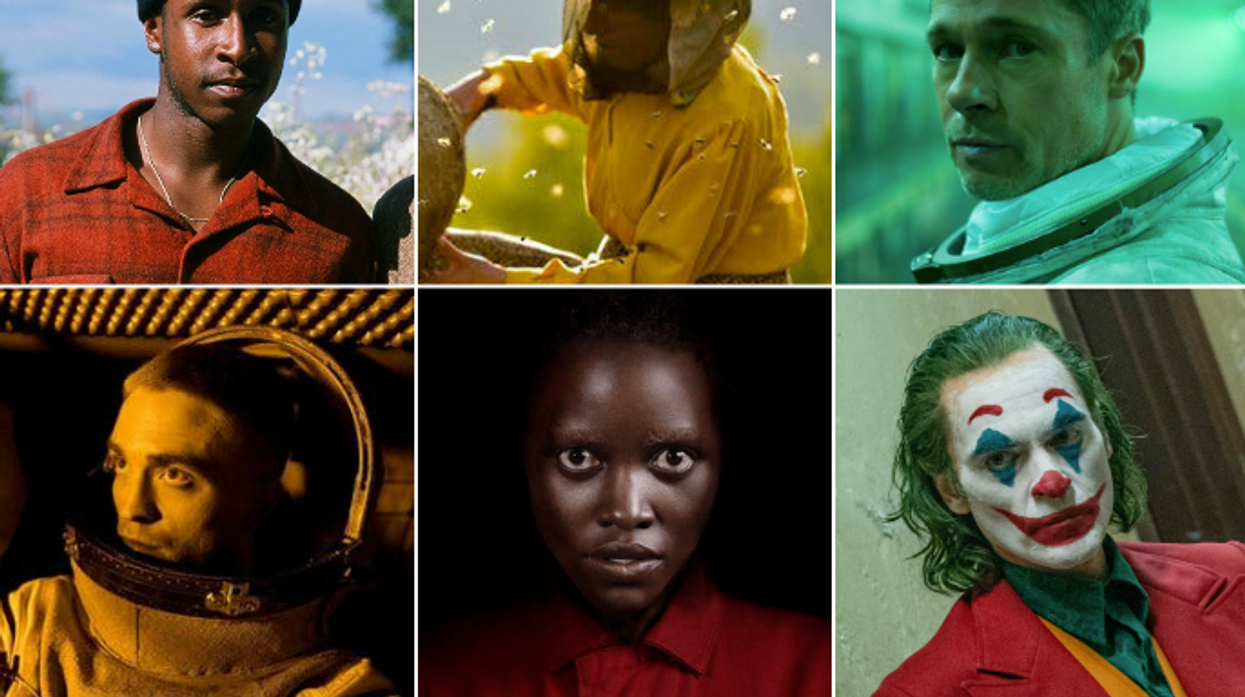The 14 Best Websites To Download Movie and TV Scripts
Sometimes you need to find the perfect examples...

When I want to see how a more seasoned or, let's be honest, a better writer than me attacks a story, I usually want to read their script. I want to know how they track the story on the page and for that...I need to see the screenplay.
But since I don't work at a studio, I have to find them online... and searching can be exhausting.
So, what are the best websites to download movie and TV scripts?
Let's go over them together.
The 12 Best Websites To Download Movie and TV Scripts
1. IMSDB – Internet Movie Screenplay Database
This is the first place I go for script stuff. They have a deep catalog and have proven to be a valuable resource for researching movie crews, casts, and trivia. IMSDB is just as useful for those looking for screenplays of all kinds and genres, which they have listed in categories.
2.Go Into the Story
I am a huge fan of Scott Myers. He gives everything for writers. Go Into the Story is the official blog for The Black List, the screenwriting community famous for its annual top ten list of the best-unproduced scripts in Hollywood. There's always a bank of scripts you can filter through.
3. Drew’s Script-o-Rama
What started as a blog is now an incredibly useful vault of storytelling. One thing I dig is that it holds several drafts of screenplays. That means you can read a story as it evolves over time.
4. Simply Scripts
Simply Scripts has a wide, diverse library that also includes things like Tennesee Willaims plays, classics, and even non-English screenplays. It’s also constantly updated, so the most current scripts available are on there.
5. AwesomeFilm
Does it live up to its name? Yes. AwesomeFilm is another resource with dozens of scripts you can download with a single click so you can save them on your computer and read them as needed.
6. Screenplays For You
Again, there aren't many differences between these sites. You can search genre here or alphabetically. They have it all.
7. The Daily Script
The Daily Script offers a ton of screenplays in a very simple, easy-to-navigate layout. The Courier New font is a nice, pithy touch.
8. The Screenplay Database
The Screenplay Database is another useful resource with a large choice of scripts to choose from. If you’re interested in a certain type of film, the website also allows you to search its library by genre, allowing you to window shop and find something you didn’t even know you were looking for.
9. The Script Lab
What I find most useful about this website are the beat sheets they do. They often help me break an idea down. Regardless, the front page divides its library into the three most recent years of releases, so you can find titles easily.
10. Movie Scripts and Screenplays
The title says it all. You can pull different titles out of the other, and this one is good with older screenplays.
11. No Film School
I think I do a good job with this website's screenplay downloads. Plus, I usually analyze them as well. If you have a script you want me to work on and get for you, just tell me in the comments and I'll find it, or do my best.
12. Reddit Screenwriting
There are lots of white whales when it comes to finding copies of scripts. I find Reddit the best place to ask people for help in researching. I do not have a 100% success rate, but there are days I put things out into the ether and am rewarded.
13. Scripts to Screen
The movie script search engine! With over 8,500 films indexed from 300+ sites – they can help you find the script you are looking for and make sure it's the draft you want as well. Kind of an all-encompassing shop.
14. TV Writing Site
This place is the motherload of TV pilot and episode screenplays. They have almost everything!
What's next? Learn how to write a TV pilot!
Want to learn how to write a TV pilot? You've come to the right place. Breaking into Hollywood with a writing career is one of the hardest things you can do. Fewer and fewer movies are being made every year, and now, many young writers are turning to television to find jobs. But to get a job in television you need a sample. Samples are speculative pilot scripts that your agent or manager can hand to showrunners to prove your worth.
- 3 Lessons from the 'Smallville' Pilot PDF (Free Script Download) ›
- How The 'Twin Peaks' Pilot Changed Television (Free Script Download) ›
- Read and Download the 'Yellowstone' Pilot Script PDF ›
- How The Creatives Behind 'Escaping Twin Flames' Navigate Systems of Control | No Film School ›











